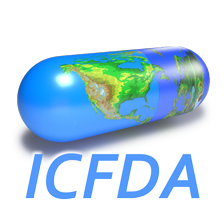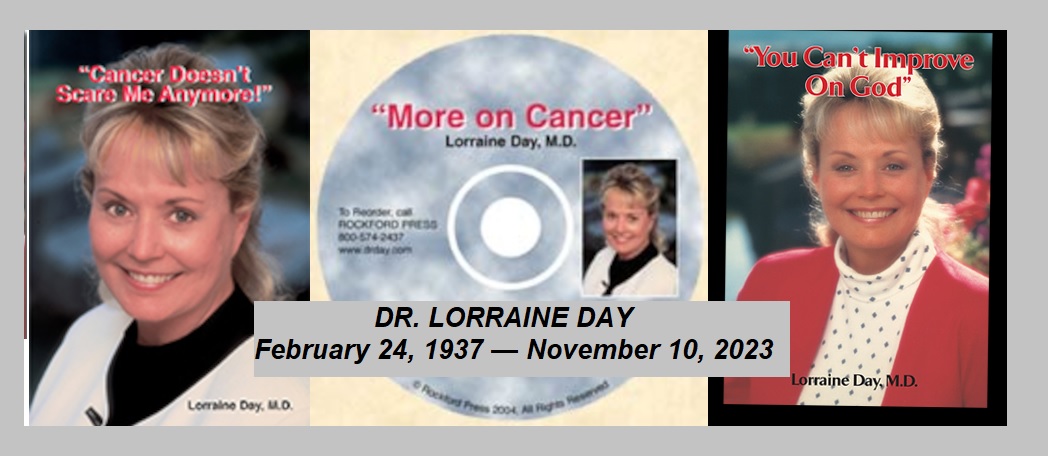3/15/2002 • Rare Neurologic Syndrome Linked to Antidepressant
Jim Rosack
Psychiatric News March 15, 2002 Volume 37 Number 6, p. 31
Neurologists warn other clinicians that SSRIs could contribute to a potential increase in certain patients‚ risk of having a rare form of stroke.
Rare Neurologic Syndrome Linked to Antidepressant
http://www.neurology.org/cgi/content/abstract/58/1/130
Jim Rosack
Psychiatric News March 15, 2002 Volume 37 Number 6, p. 31
Neurologists warn other clinicians that SSRIs could contribute to a potential increase in certain patients‚ risk of having a rare form of stroke.
A new report from a group of neurologists warns that combinations of medications that modulate brain levels of serotonin, including SSRIs and other antidepressants, could lead to a relatively rare form of stroke due to marked vasoconstriction.
The report, which appeared in the January issue of Neurology, includes case studies of three patients who developed Call-Fleming syndrome, which is characterized by sudden-onset severe headache, focal neurological deficits, and seizures. Although rare, the syndrome is most commonly seen in women.
The first patient studied, a 46-year-old woman, developed a “worst ever” headache, nausea, and blurred vision, which were followed a few days later by escalating neurological symptoms. The woman‚s medications included sertraline and trazadone, and for two days prior to developing symptoms, she had taken an over-the-counter cold remedy that contained dextromethorphan. Diagnostic testing confirmed severe, diffuse, intracranial vasoconstriction, including a 70 percent constriction of the origin of the vertebral artery.
In addition, several areas of ischemic stroke were identified. Within a week of discontinuing both the sertraline and the cold remedy, the women was discharged in markedly improved condition.
The second case described a 45-year-old woman who developed a sudden, “explosive” headache, again with accompanying nausea. Four weeks earlier, she had been started on paroxetine 40 mg and clonazepam 0.25 mg for a recurrence of major depression. Shortly before the onset of the headache, she had taken a cold remedy with dextromethorphan and pseudoephedrine. Again, severe, bilateral vasoconstriction was demonstrated on cerebral angiography, and MRI demonstrated multiple areas of ischemic stroke. The patient‚s paroxetine was discontinued, and her symptoms subsided. Interestingly, four months later, this patient again had a worsening of her depression and was prescribed mirtazapine. Within two weeks she again developed headaches, which resolved when the mirtazapine was stopped.
The third patient was a 34-year-old male who developed an “explosive” headache with sensitivity to light, nausea, and extreme fatigue. His family history included migraine syndrome, and as a result, he was treated with sumatriptan, a common migraine medication known to be a serotonin receptor agonist that causes significant cerebral vasoconstriction. Following a second dose of that drug later the same day, the patient had a generalized seizure, and an MRI five days later showed multiple bilateral ischemic areas.
Although the patient denied any use of illicit drugs, recent cocaine use was suspected.
Aneesh Singhal, M.D., the primary author of the report, has seen about a dozen similar cases in his practice. Although he believes that Call-Fleming syndrome is rare, he told Psychiatric News that it includes a number of conditions that are often labeled in different ways, and thus the syndrome may be underrecognized.
“This is a preliminary observation; it needs confirmation,” he stressed. “It ‚s important to note that it is not the individual drugs, that by themselves might enhance the risk [of stroke from vasoconstriction], but rather the combination of drugs,” he told Psychiatric News.
“It is conceivable that someone who has a migraine syndrome, is trying to lose weight, and is depressed, which is not an uncommon situation, may take three or four agents, and thus have increased risk of vasoconstriction and end up with stroke.”
Singhal said that differential diagnosis needs to include the possibility of serotonin-induced vasoconstriction in any patient who has a sudden onset of severe headaches that are not explained by any of the accepted causes, most commonly a subarachnoid hemorrhage. “If the known causes are ruled out, you have to remember that there is one more cause, and that is vasoconstriction.”
Singhal said patients who are taking serotonin-modulating medications should be routinely asked about the presence of moderate to severe, persistent or recurrent headaches. He stressed that although headache is a common side effect of many of these medications, when the headache is recurrent or sustained and moderate or severe, medications should be at least temporarily suspended, and the cause of the headache investigated.



